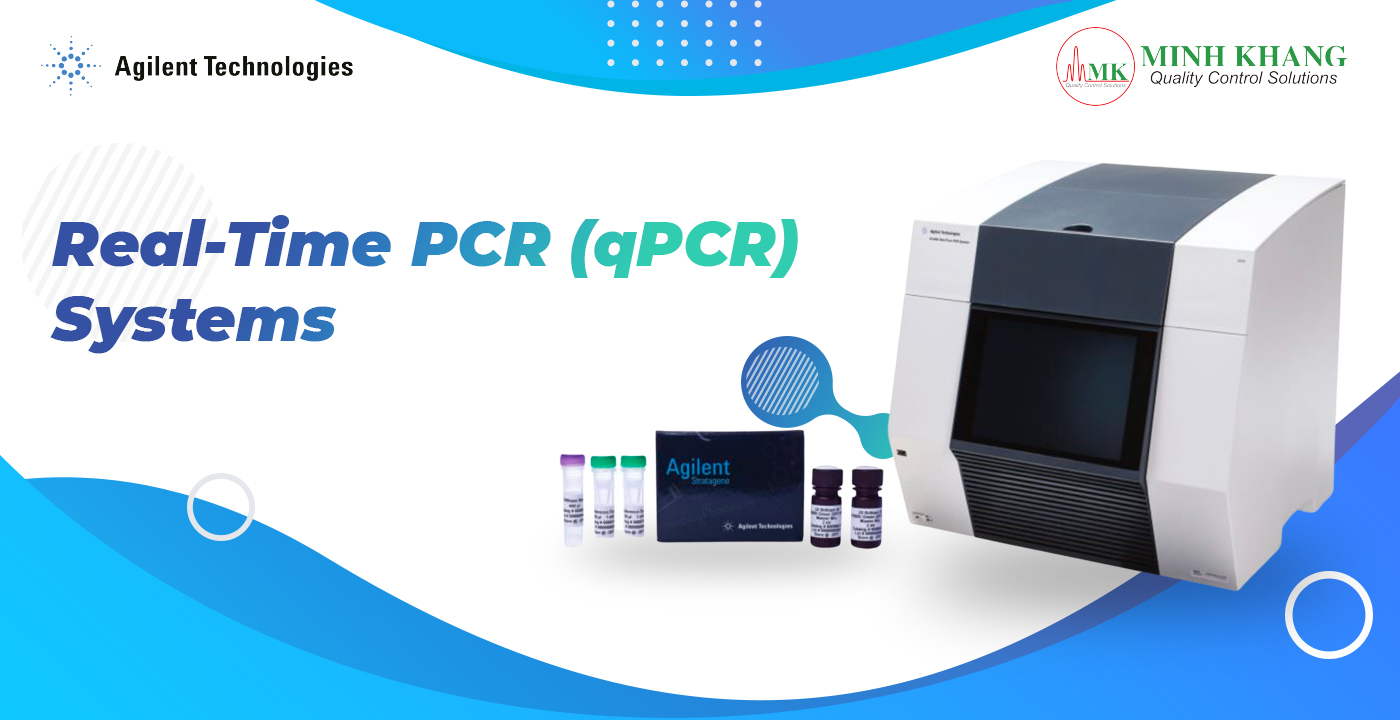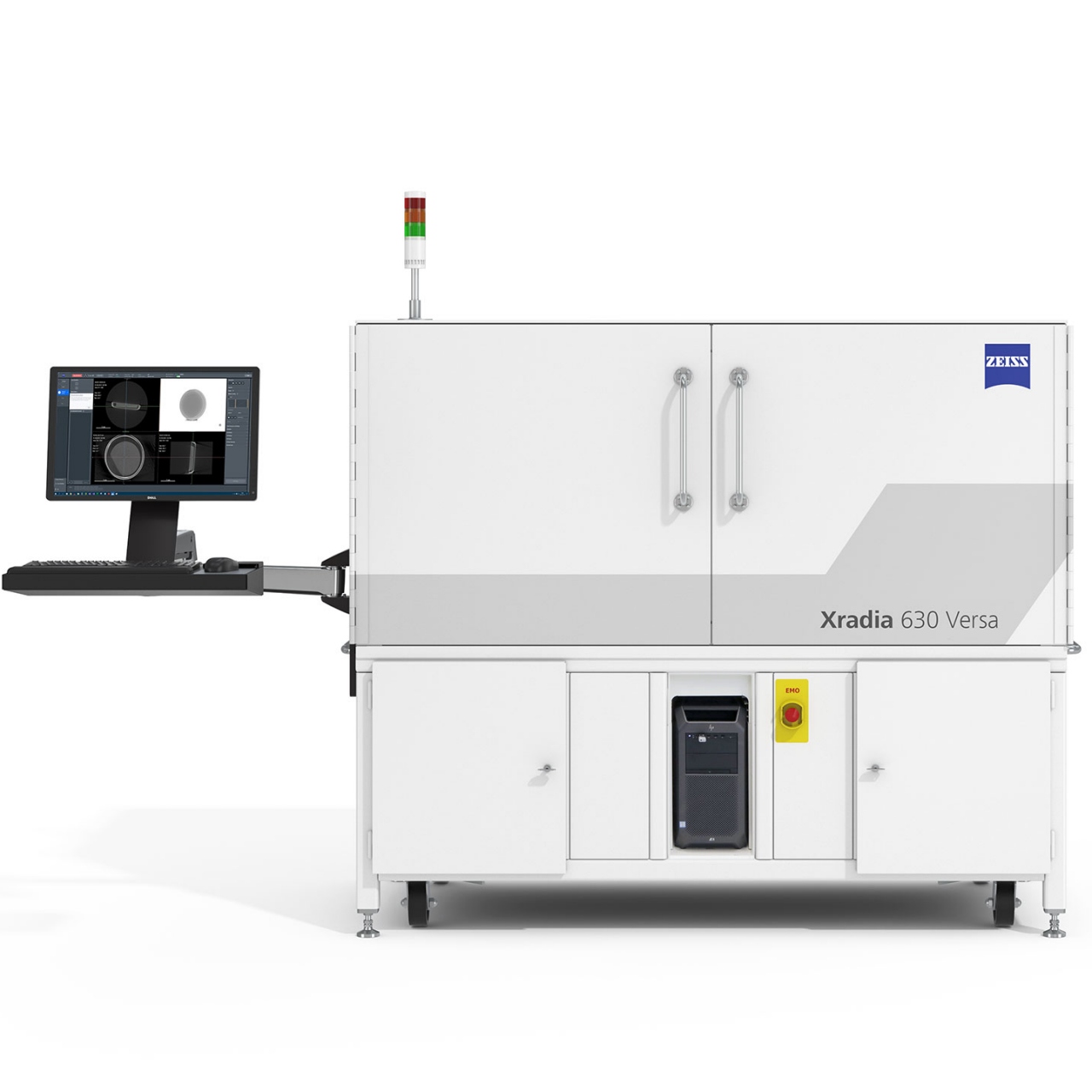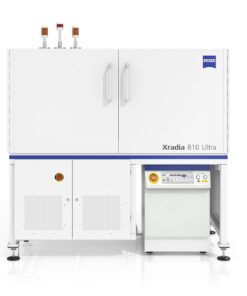Extend scientific research beyond the limits of projection-based microCT systems at submicron resolution with ZEISS Xradia 510 Versa XRM. Traditional computed tomography relies on a single stage of geometric magnification and maintaining high resolution for larger samples is impossible due to the longer working distances required. ZEISS Xradia Versa XRM feature a unique two-stage process based on synchrotron caliber optics. Multilength-scale capabilities enable you to image the same sample across a wide range of magnifications. An added benefit: ZEISS Xradia 510 Versa is easy to use by everyone in your busy lab.
ZEISS XRM systems are specified on true spatial resolution, the most meaningful measurement of your microscope’s performance. Spatial resolution refers to the minimum separation at which two features can be resolved by an imaging system. You would typically measure it by imaging a standardized resolution target with progressively smaller line-space pairs. Spatial resolution accounts for critical characteristics such as X-ray source spot size, detector resolution, magnification geometry, and vibrational, electrical and thermal stability.
- 0.7 μm true spatial resolution with a minimum achievable voxel size of 70 nm
- Energy-tuned detectors enable highest resolution across broad ranges of sample types and densities
- Source operates across the entire application space (30-160 kV) with a wide range of detectors, eliminating the need for manual hardware reconfigurations
Your imaging requires superior contrast capabilities to reveal details necessary to accurately visualize and quantify features. ZEISS Xradia Versa systems deliver flexible, high contrast imaging for even your most challenging materials–low atomic number (low Z) materials, soft tissue, polymers, fossilized organisms encased in amber, and other materials of low contrast.
- Our comprehensive approach employs proprietary enhanced absorption contrast detectors that provide you with superior contrast by maximizing collection of low energy photons while minimizing collection of contrast-reducing high energy photons
- Tunable propagation phase contrast measures the refraction of X-ray photons at material transitions to allow you to visualize features displaying little or no contrast during absorption imaging












 VI
VI